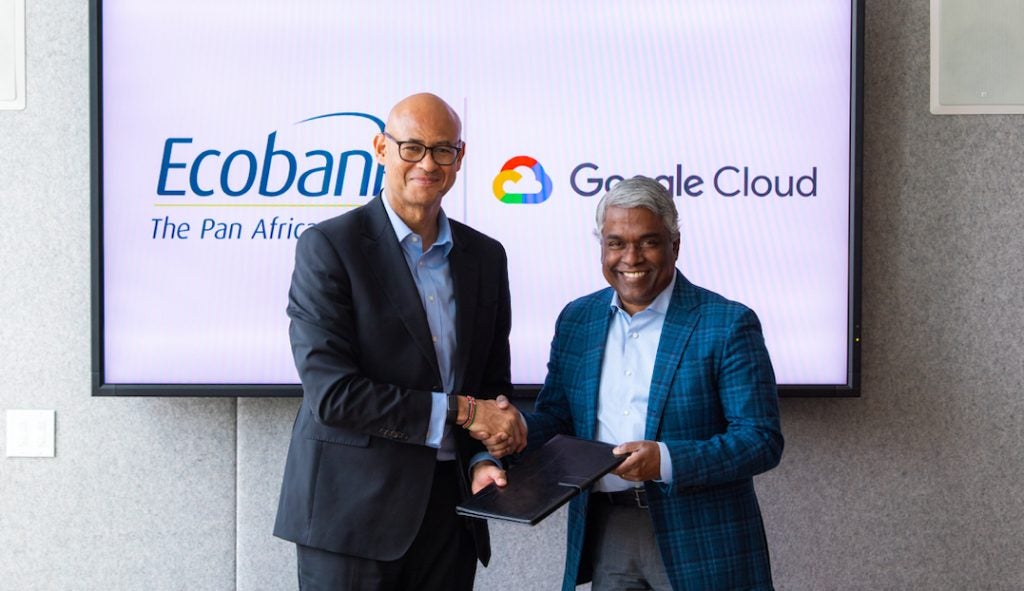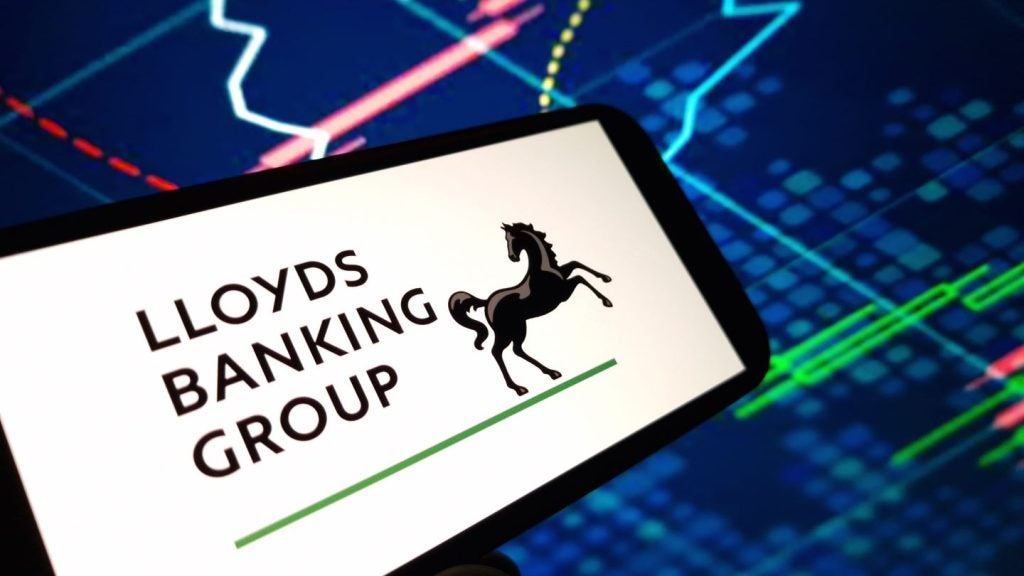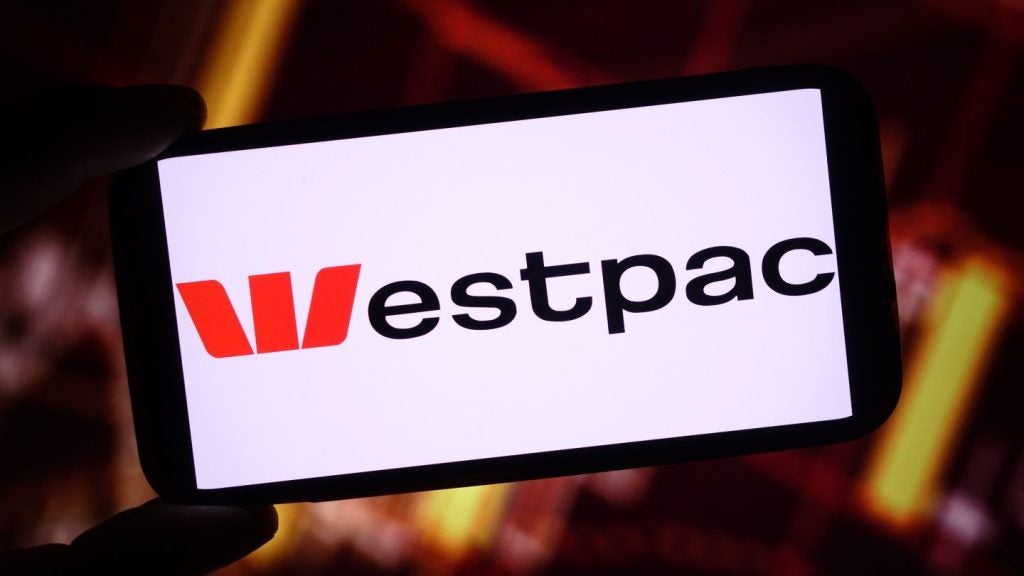itself, Axis Bank, India’s third-largest private sector bank by
assets, looks in relatively good shape. It posted first half net
profits up 82 percent to INR7.3 billion, boosted by growth in
low-cost deposits and a strong rise in advances. Douglas Blakey
reports.
 Less well-known on the
Less well-known on the
international stage than its rivals ICICI and HDFC, Axis Bank,
India’s third-largest private sector bank by assets, has had a
decent year so far. It has maintained the quality of its loan
portfolio, contained its ratio of non-performing assets and posted
a healthy increase in first-half profits.
While Axis has historically been among the strongest performers
in the Indian banking sector, having reported net profit growth of
40 percent compounded annually in the past four years, its
performance in 2008 is especially satisfactory for the bank,
against a backdrop of a weak currency, falling stock market, and
slowing economic growth.
The encouraging performance in 2008 comes at the end of a
significant period for the bank: it changed its name from UTI Bank
to Axis Bank last year, expanded its range of services and upped
its marketing game in an effort to appeal to India’s emerging
affluent consumers.
The name change was accompanied by a high decibel rebranding
exercise and image makeover, in the process gearing up for an
anticipated liberalisation of Indian banking regulation in 2009,
expected to lead to increased competition from international
banks.
“We chose the name Axis Bank because the name has global
undertones, reflects a well-aligned, organised, tech-savvy entity
and conveys an edge in terms of dynamism, power and influence,”
said spokesperson Anjan Bhattacharya. “There is a certain newness
and crispness about the name, which is likely to differentiate the
brand in a cluttered environment.”

US Tariffs are shifting - will you react or anticipate?
Don’t let policy changes catch you off guard. Stay proactive with real-time data and expert analysis.
By GlobalDataAxis’s marketing campaign to highlight the name change involved
a number of major initiatives, with a series of television ads the
most high profile ingredient. In addition, a series of print ads
were published in Indian national newspapers proclaiming ‘UTI Bank
is now Axis Bank’ with accompanying tagline ‘Everything is the same
except the name’. In particular, Mumbai’s best-selling newspaper,
Midday, was transformed from a tabloid to a broadsheet for the
first time, with a cover jacket announcing the Axis name change,
while a number of high visibility outdoor ads were displayed across
major Indian cities.
Online, Axis ran a series of ads on prominent Indian websites,
flagging up its own website at http://www.whatsinaname.in/ to
accompany the brand makeover. Investment in the bank’s
multi-channel distribution network has also been at the heart of
Axis’ strategy, with the branch network increasing by 148 units to
709 outlets in the past year while its ATM network now totals
3,058.
“What differentiates our network is the fact we have 4.31 ATMs
per branch and this ratio is significantly higher than any other
bank in India,” said Bhattacharya – though Axis’s ATM advantage
may, however, be weakened from April 2009, when the Reserve Bank of
India plans to abolish ATM fees.
While the Axis branch network has grown rapidly, more than
doubling from 339 units in 2005, its principal private sector
rivals ICICI Bank and HDFC Bank have also expanded branch numbers
significantly. In the past year alone, ICICI branch numbers have
grown from 950 to 1,400 units while HDFC are up from 754 to 1,412
outlets (see table).
“The distribution reach of the bank is also strengthened by a
national call-centre supporting 11 languages and a state-of-the-art
mobile banking channel which supports over 2 million customers who
have registered for mobile banking,” added Bhattacharya.

Cross sell focus
 An increase in Axis’s cross-sell ratios is also at the
An increase in Axis’s cross-sell ratios is also at the
heart of the bank’s retail strategy, in an attempt to maintain
recent retail growth of more than 50 percent per year in recent
years.
Bhattacharya said: “In order to continue a similar growth
pattern for the next four to five years, the bank has put a special
focus on selling new products to existing customers. I feel the key
driver in future in revenue growth and profitability will be the
ability to maximise customer value by effectively marketing
additional products and services, in other words cross selling to
existing customers.”
He added: “The bank has created a separate group called Customer
Analytics & Cross Sell. Various processes are being set up at
all levels to suggest related products or services to customers who
are or would be considering buying some other products from the
bank and thus binding them with multiple relationships. The new
challenge is to maintain and boost the pace of progress.”
 Axis product innovation
Axis product innovation
during 2008 has included the Axis Bank Platinum Credit card,
India’s first EMV-certified platinum chip card which, according to
Bhattacharya, has been well received, with 10,000 cardholders
signing up within six months of the card launch.
The mass affluent segment of the market has also been targeted
with the bank’s Priority Banking offering.
Banking privileges include a dedicated relationship manager, use
of an exclusive lounge/banking area, home banking and international
debit and complimentary gold credit cards and preferential rates on
loans and waivers on certain banking fees.
“We provide investment privileges by offering financial advice
for financial planning and investments, while there are a host of
lifestyle privileges like invitations to movie shows, plays, music
concerts and other special events sponsored by Axis, exclusively
for our Priority Banking customers,” he added.
Further wealth management offerings include Axis Wealth
(targeting affluent customers) and Axis’ Financial Advisory
Services (which targets ‘mass affluent’ customers), while Axis’
recently agreed joint venture with private bank Rothschild will
increase its range of services to the high-net-worth sector of the
market.
Other segmentation initiatives include a savings account for
women, including a range of lifestyle benefits while an account
targeted at senior citizens offers benefits including an
international debit card, free inward remittances, medical
insurance, and free mobile and online banking to India’s mass
market.
Results: Boost in low-cost deposits sees Axis Bank
first-half profits soar by 82%
 Axis Bank posted first-half net profits up a healthy
Axis Bank posted first-half net profits up a healthy
82 percent to INR7.3 billion ($149.2 million), boosted by growth in
low-cost deposits and a strong rise in advances.
Not so positive was a fall in Axis’ retail profit, with retail
profits before tax down by 10.8 percent to INR340 million for the
first half.
Axis’s net interest income, buoyed by an increase in net
interest margin from 2.94 percent to 3.43 percent, was up 70.8
percent year-on-year to INR17.2 billion while fee income rose by
84.3 percent to INR11.64 billion. But while Axis’ retail advances
registered a significant jump, up 54.6 percent to INR167.7 billion
compared with the first half last year, retail advances continue to
constitute only 24 percent of the bank’s total advances.
The group’s deposits also soared – with savings bank and retail
deposits up by 49 percent and 47 percent to INR214.6 billion and
INR350.6 billion respectively.
“It is a fact that we did exceedingly well,” said Axis chairman
and managing director PJ Nayak. “Despite a small cycle slowdown, we
have seen an improvement in the quality of our portfolio. We have
been very cautious on credit cards and unsecured segments like
personal loans. Going forward, we expect to keep our non-performing
assets under check and maintain good asset quality.”
While Indian banks have escaped much of the worst of the credit
crisis, Axis’s share price has not escaped unscathed, down by 53.6
percent since the start of the year.







